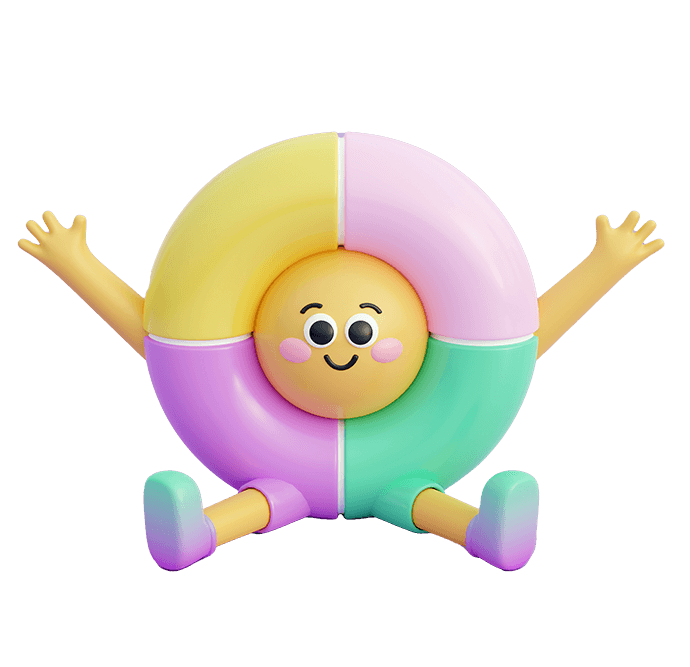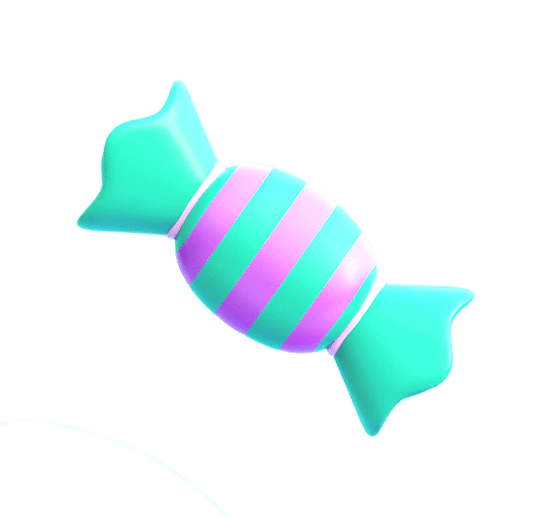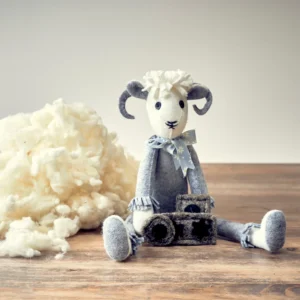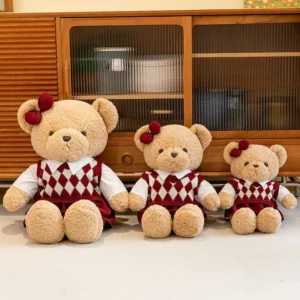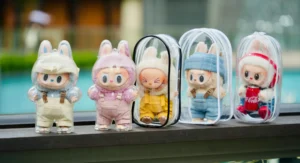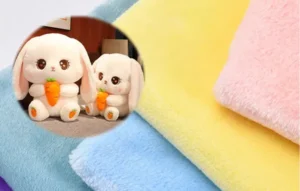Choosing the best stuffing for plush toys is essential for comfort, durability, and safety. The right filling improves the toy’s feel and longevity, creating a premium product customers love.
Stuffing materials vary widely, including polyester fiberfill, foam beads, cotton, and recycled options. Selecting the best stuffing balances softness, resilience, cost, and compliance with safety standards.
Let’s explore the key factors affecting plush toy stuffing and quality.
1.What Types of Stuffing Materials Are Commonly Used in Plush Toys?
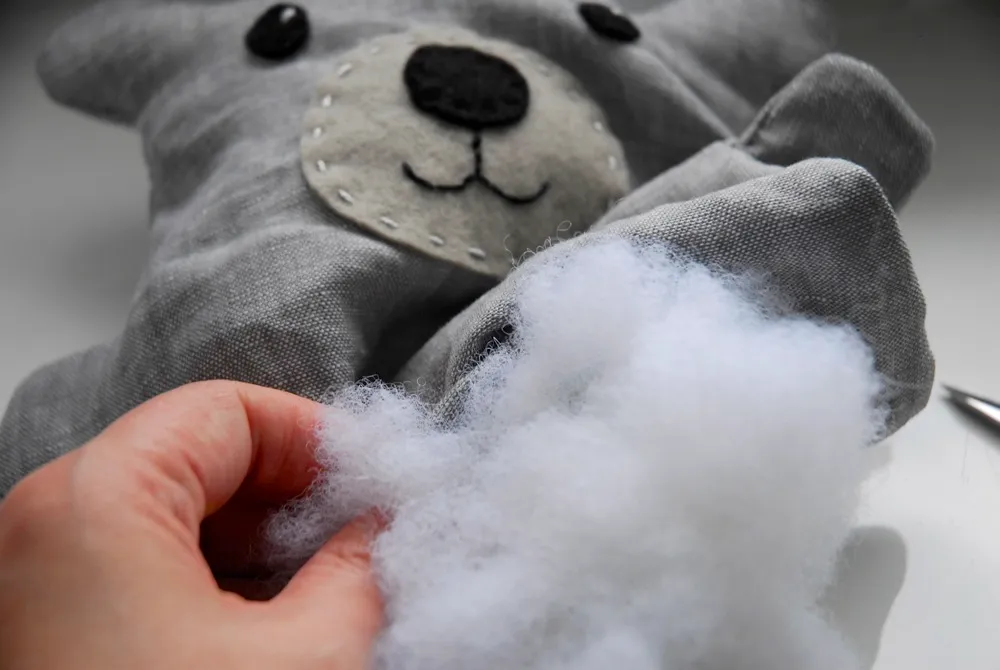
The most common stuffing materials include polyester fiberfill, foam beads, natural cotton, and recycled fillers.
Polyester fiberfill dominates the market due to its softness, lightweight nature, and hypoallergenic properties. Foam beads add weight and shape, while natural fibers provide an eco-friendly alternative.
Polyester fiberfill is fluffy and resilient, ideal for maintaining plush shape over time. Foam beads offer a unique tactile sensation and are often used in weighted plush toys.
Natural stuffing like cotton or wool offers sustainability benefits but requires more care and may cause allergies in sensitive users.
| Stuffing Material | Description | Typical Use Cases |
|---|---|---|
| Polyester fiberfill | Soft, lightweight, washable | Most plush toys, especially for kids |
| Foam beads | Moldable, weighted | Weighted plush, sensory toys |
| Cotton | Natural, breathable | Eco-friendly, premium plush |
| Recycled fillers | Sustainable, varies | Green products, specialty toys |
Each material suits different product goals and markets.
2.How Do Different Stuffing Materials Affect Plush Toy Softness and Durability?
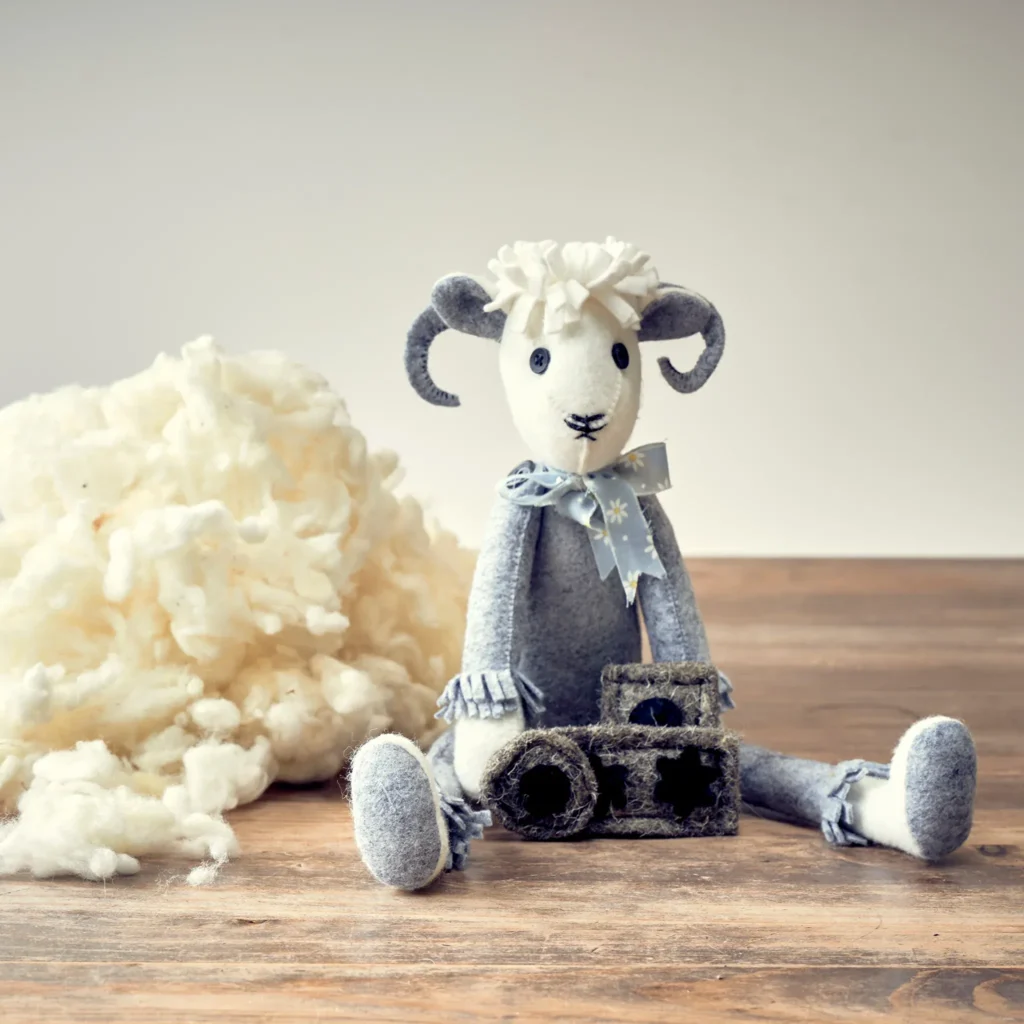
Stuffing type directly impacts the tactile experience and longevity of plush toys.
Polyester fiberfill offers a soft yet firm feel that resists clumping, preserving shape over repeated use. Foam beads provide malleability but can leak. Natural fillers are soft but less durable.
The fiber length and density of polyester stuffing contribute to plush softness and bounce-back. Lower-quality fiberfill tends to compress quickly, affecting appearance and comfort.
Foam beads shift under pressure, allowing for shape changes and sensory stimulation but may not provide structural support.
Cotton and wool may compact or degrade, especially if exposed to moisture.
| Material | Softness | Durability | Maintenance |
|---|---|---|---|
| Polyester fiberfill | High | High | Easy |
| Foam beads | Moderate | Moderate | Medium (risk of leakage) |
| Cotton | Moderate | Low | Requires careful care |
| Recycled fillers | Varies | Varies | Depends on type |
Choosing stuffing impacts how the toy feels and lasts.
3.What Safety and Regulatory Standards Must Stuffing Materials Meet?
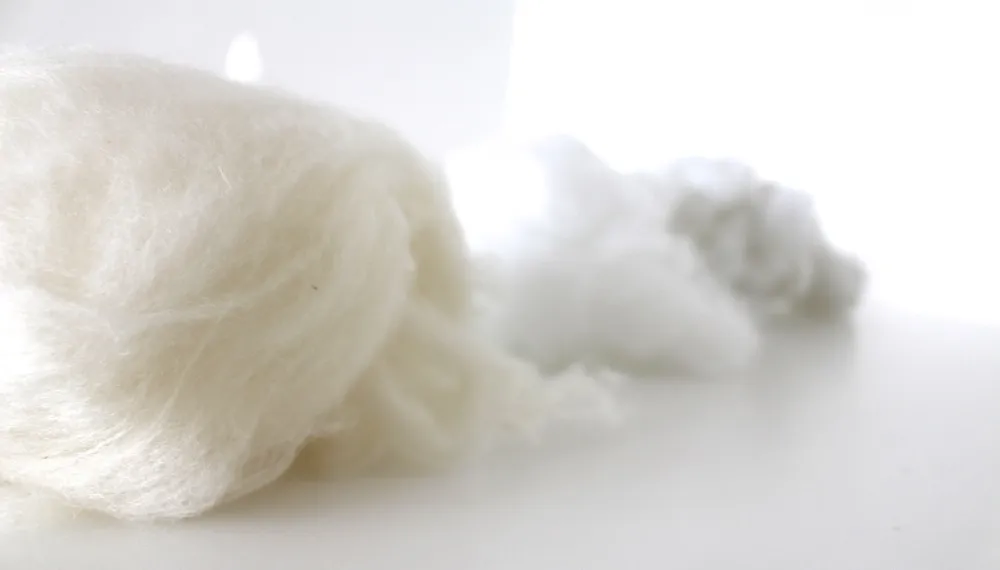
Stuffing must comply with international toy safety standards like ASTM F963, CPSIA, and EN71 to ensure non-toxicity and fire safety.
Certified polyester fiberfill and approved foam beads meet these standards, ensuring safe use for children of all ages.
Standards regulate heavy metals, flammability, and allergen content. Testing ensures fillers do not release harmful chemicals and are resistant to ignition.
Suppliers provide certification documents and batch testing results to verify compliance.
| Safety Standard | Region | Focus |
|---|---|---|
| ASTM F963 | USA | Flammability, toxicity |
| CPSIA | USA | Lead, phthalate limits |
| EN71 | Europe | General toy safety |
| ISO 8124 | International | Toy safety |
Working with certified stuffing materials protects consumers and brands.
4.How Does Stuffing Density Influence the Overall Quality of Plush Toys?
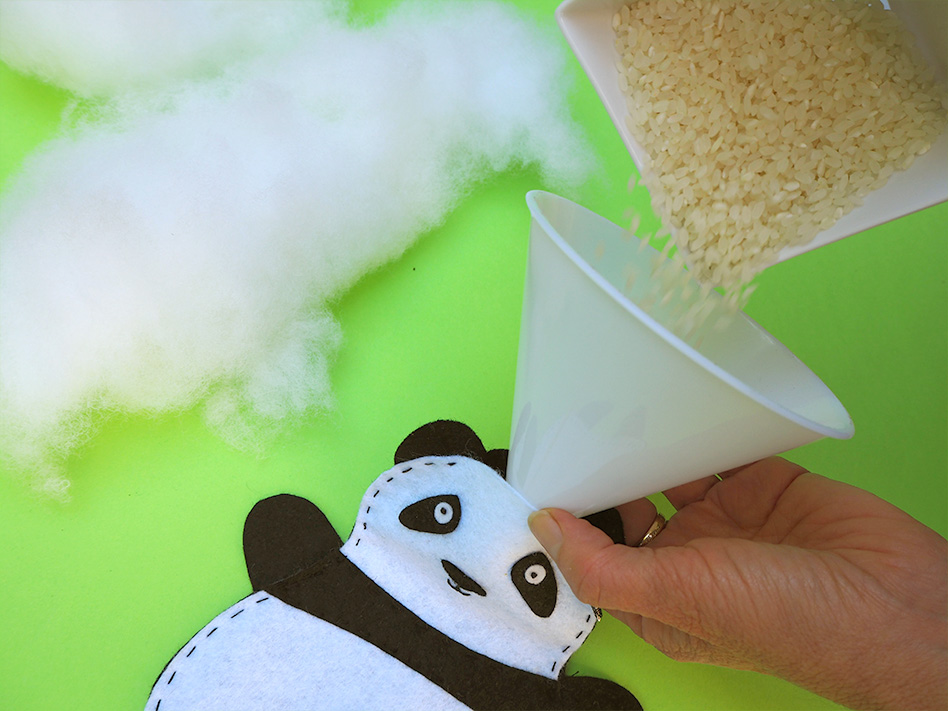
Stuffing density determines how firm or soft a plush toy feels, affecting customer satisfaction and product lifespan.
Higher density stuffing results in a firmer toy that retains shape better, while lower density creates a softer, more cuddly feel but may flatten over time.
Manufacturers adjust fiberfill volume per unit to achieve target softness and support. Overstuffing can strain seams; understuffing causes limp toys.
Quality control ensures even distribution to prevent lumps or empty spots.
| Density Level | Feel | Durability |
|---|---|---|
| High density | Firm, supportive | Shape retention, longer life |
| Medium density | Balanced softness and firmness | Good durability |
| Low density | Soft, squishy | May flatten quickly |
Optimal density depends on target audience and product design.
5.Which Stuffing Materials Offer the Best Balance of Cost and Performance?
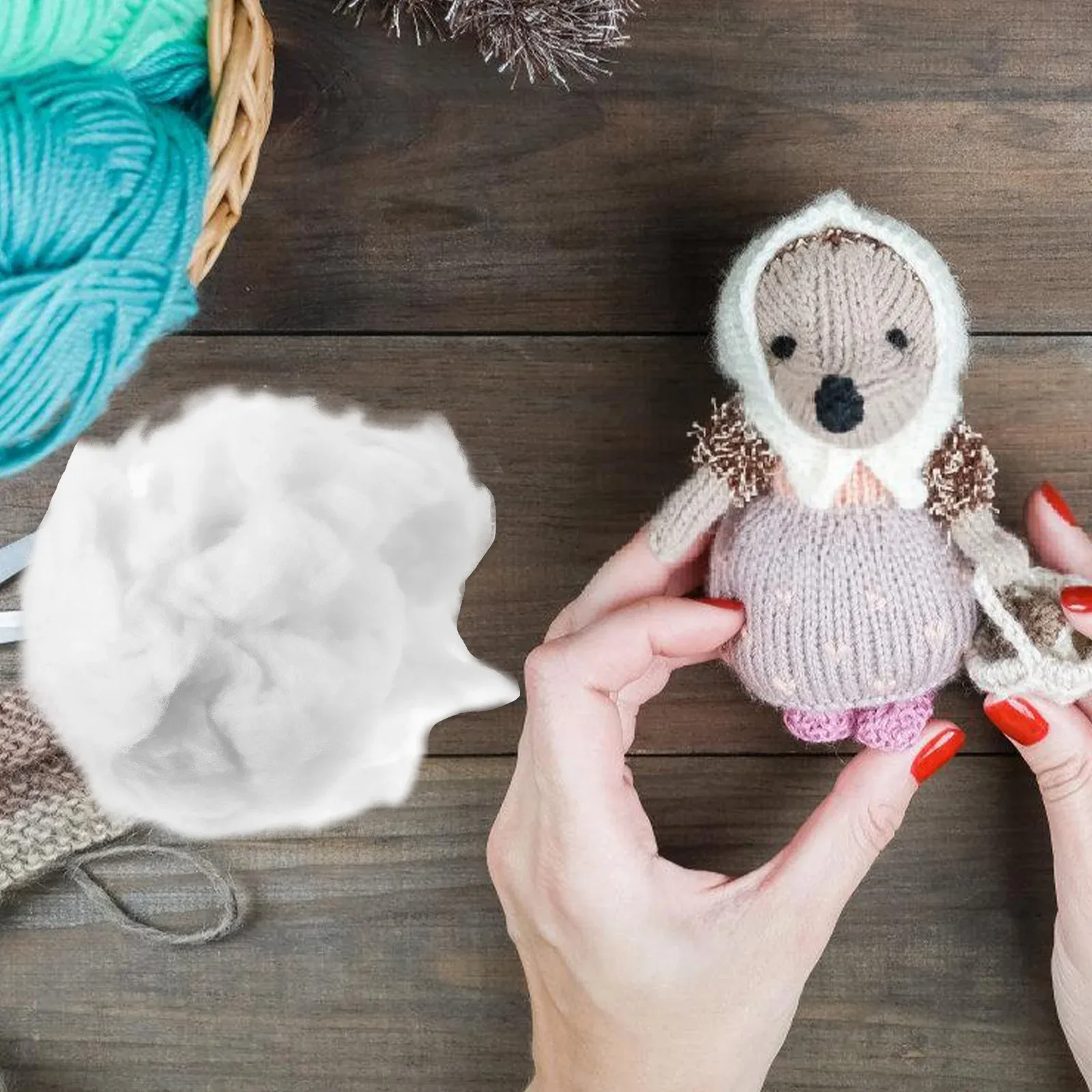
Polyester fiberfill generally offers the best mix of affordability, softness, durability, and safety for mass-produced plush toys.
While natural and recycled fillers appeal for sustainability, they often come at higher cost or maintenance requirements. Foam beads serve niche markets with sensory or weighted needs.
Polyester fiberfill is widely available and easy to process, keeping production costs reasonable without sacrificing quality.
Natural fibers may attract eco-conscious buyers but increase expenses due to sourcing and processing.
Recycled fillers reduce environmental impact but may vary in consistency and price.
| Material | Cost Level | Performance | Market Fit |
|---|---|---|---|
| Polyester fiberfill | Low to moderate | High | Mainstream, kids’ toys |
| Foam beads | Moderate | Moderate | Specialized plush |
| Natural fibers | Higher | Moderate | Eco-friendly niche |
| Recycled fillers | Moderate to high | Variable | Green market |
Balancing budget with performance drives stuffing choice.
6.How Do Environmental Considerations Impact Stuffing Material Choices?
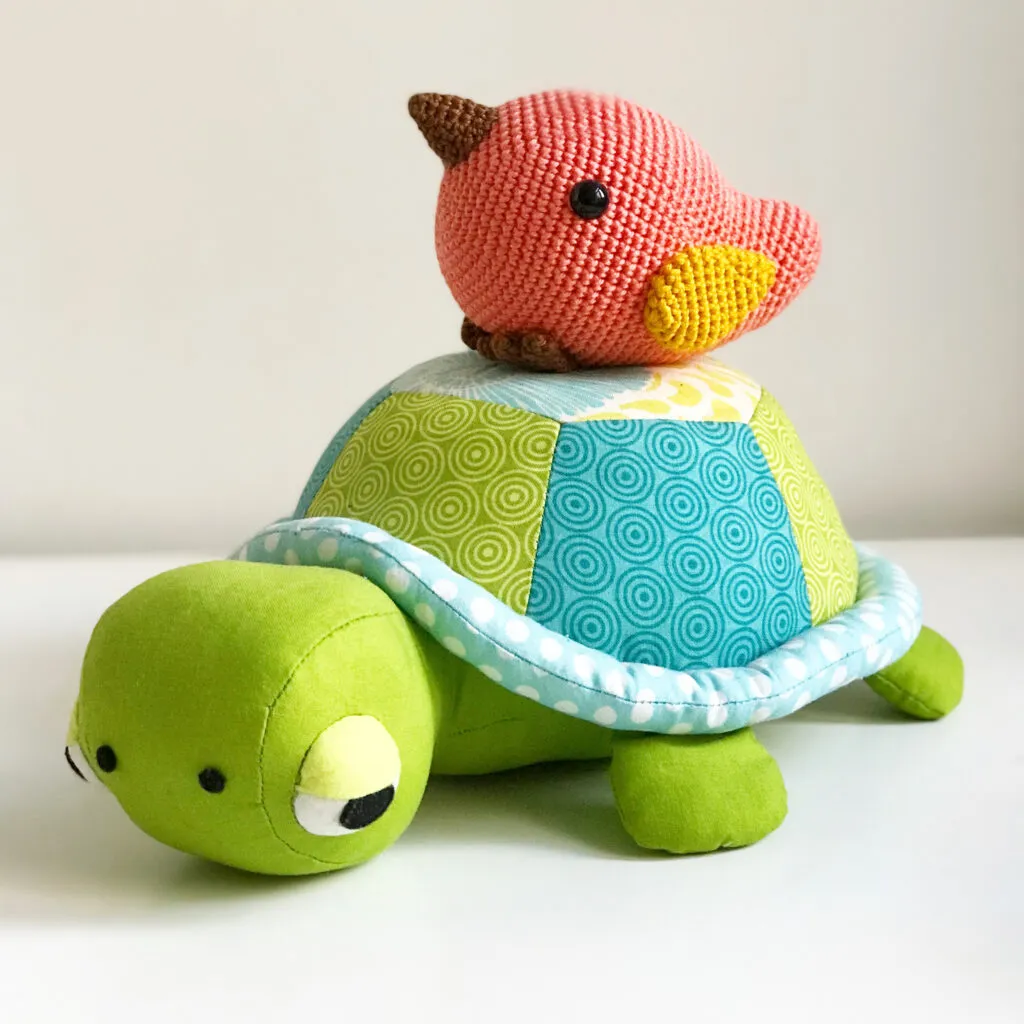
Sustainability concerns push brands to choose eco-friendly stuffing materials or recycled alternatives.
Brands are adopting organic cotton, recycled polyester, and biodegradable fillers to reduce environmental footprints and meet consumer demand for green products.
Recycled polyester saves energy and reduces plastic waste. Organic cotton avoids pesticides and supports sustainable agriculture.
Biodegradable stuffing is emerging but requires innovation to match synthetic performance.
Certifications like GRS (Global Recycled Standard) and OEKO-TEX assure sustainable sourcing.
| Environmental Factor | Impact | Examples |
|---|---|---|
| Resource use | Energy and water consumption | Recycled polyester vs virgin |
| Waste reduction | Plastic and landfill impact | Biodegradable fillers |
| Chemical use | Pollution and health effects | Organic cotton |
| Certifications | Credibility and transparency | GRS, OEKO-TEX |
Sustainable stuffing enhances brand reputation and consumer appeal.
Conclusion
Selecting the best stuffing for plush toys requires balancing softness, safety, durability, cost, and sustainability to create high-quality products customers trust.
For expert advice on plush toy stuffing and manufacturing, contact me at [[email protected]] or visit [https://plushtoyinchina.com].

